ENVIROMESH® Synthetic Fibres have been embraced and widely used in pavements, precast, shotcrete and various other applications, as the end users recognise the benefits of replacing conventional steel mesh and steel fibres with synthetic fibre.





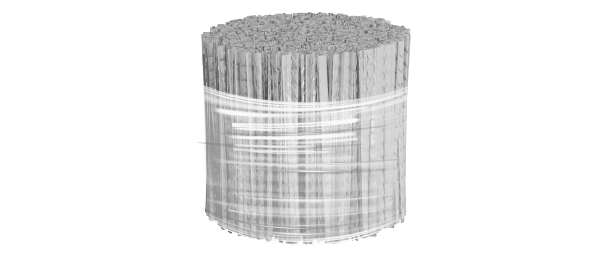
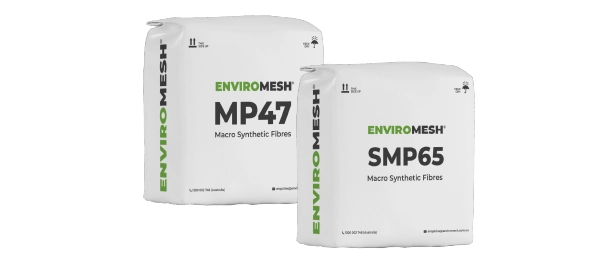
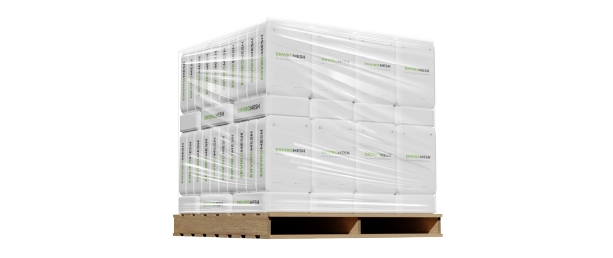
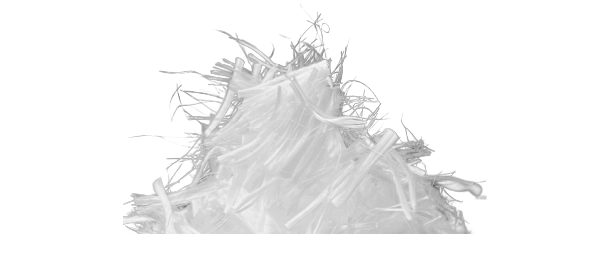

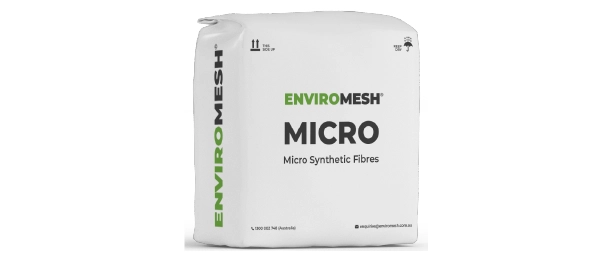
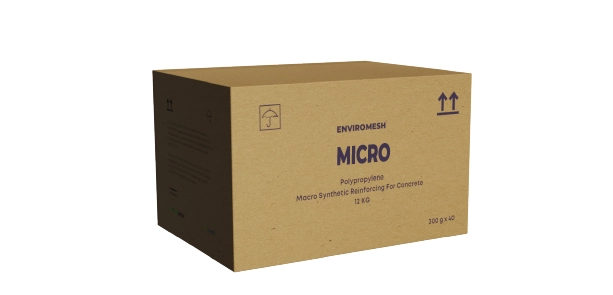
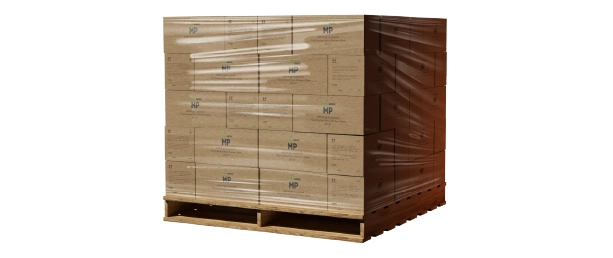


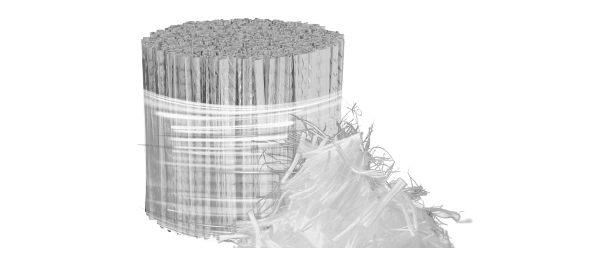
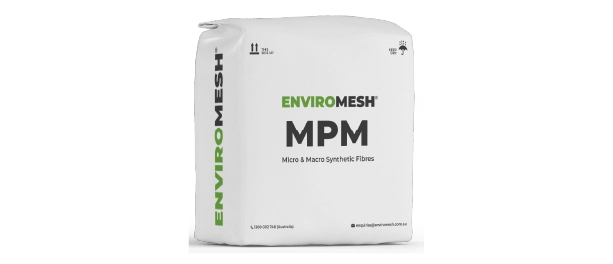


Synthetic fibres are an ideal replacement of steel mesh or steel fibres reinforcement in low-moderate impact pavements. Synthetic fibres reduce the construction cost and time. This means concrete projects are completed faster and made available for use earlier. Reducing the impact on traffic, businesses and communities.

Council and land development projects have several applications where steel mesh reinforcement can be successfully replaced with synthetic fibres. Synthetic fibres have lower carbon footprint, cost less and the concrete assets last longer. Some examples of such applications are sidewalks/footpaths, bikeways, driveways, access paths, kerbs etc.
Below are some short answers to frequently asked questions. You can find detailed information on respective fibre pages from the menu. You can also reach out for in depth discussion to find suitable fibres for a specific application or project.
Macro synthetic fibres are typically made of materials like polypropylene that are added to concrete to enhance its structural performance. They are used to control cracking, improve toughness, and increase durability.
MSF are added to concrete to provide several benefits, including:
– Reducing plastic shrinkage cracking.
– Enhancing resistance to freeze-thaw cycles.
– Improving impact resistance.
– Increasing toughness and ductility.
– Enhancing durability in aggressive environments.
Macro synthetic fibres are longer and thicker than micro synthetic fibres. They serve different purposes, with macro synthetic fibres being used primarily for structural reinforcement and crack control, while micro synthetic fibres are used mainly to control plastic shrinkage cracking.
No, different types of MSF have varying properties, including tensile strength, modulus of elasticity, and compatibility with different concrete mixes. It’s essential to select the appropriate type of MSF based on the specific project requirements and conditions.
MSF can help control cracking and reduce crack widths, but they cannot guarantee a completely crack-free concrete surface. The extent of crack control depends on various factors, including fibre type, dosage, mix design, and curing practices.
The suitability of MSF depends on the specific project requirements. While they are versatile and used in various applications, there may be situations where other reinforcement methods or materials are more appropriate. It is important to assess the project requirements before determining if the use MSF is suited to your project.
The addition of MSF may require adjustments to the concrete mix design to ensure compatibility and achieve the desired performance. Consultation with a structural engineer or concrete expert is crucial to determining the correct dosage and mix.
Curing remains an essential part of the concrete construction process. While the use of MSF can help mitigate cracking, it does not eliminate the need for proper curing to achieve optimal strength and durability.
MSF are usually added to the concrete mix during the batching process. They are dispersed throughout the mixture and become an integral part of the concrete. The fibres should be well-mixed to ensure uniform distribution.
Some of the advantages of using macro synthetic fibres in concrete include:
Yes, there are some important considerations:
Macro synthetic fibres are used in a wide range of concrete applications, including industrial floors, pavements, shotcrete, precast concrete, and structures exposed to harsh environments.
Macro synthetic fibres can be used in combination with traditional steel reinforcement or as a partial replacement, depending on the project’s requirements. They are not a substitute for structural steel in high-load-bearing applications.
The dosage of macro synthetic fibres depends on factors such as the type of fibres used, concrete mix design, and project requirements. It is typically recommended by the manufacturer, or a structural engineer based on specific project conditions.
Yes, there are industry standards and guidelines that provide recommendations for the use of macro synthetic fibres in concrete. These standards may vary by region, so it’s important to consult the appropriate codes and guidelines for your location.
Before using macro synthetic fibres in a concrete project, it’s essential to consult with a structural engineer or concrete expert to ensure proper design and implementation for the specific application and environmental conditions.
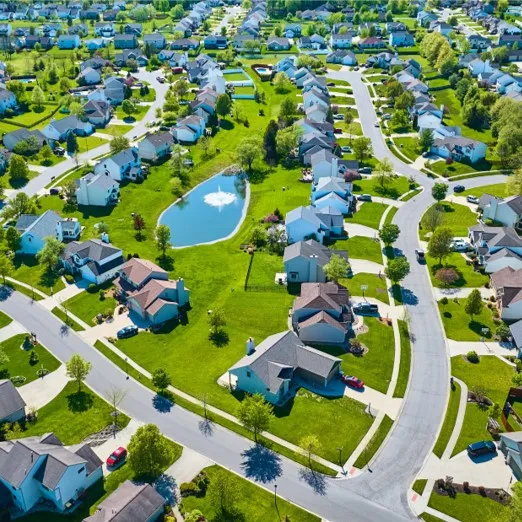
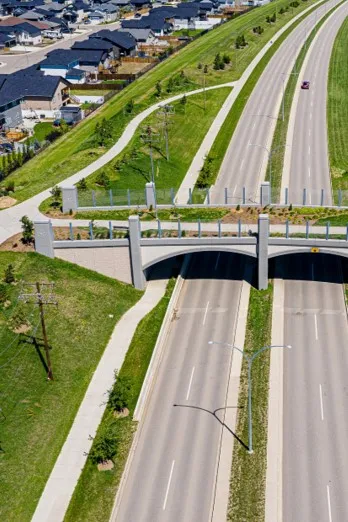
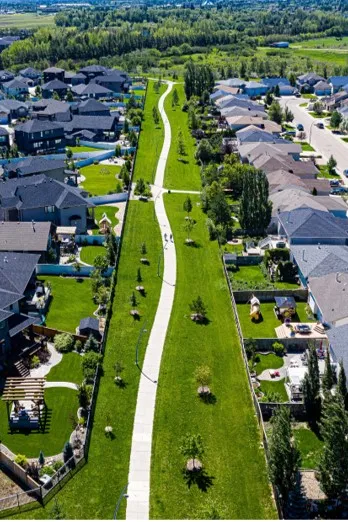
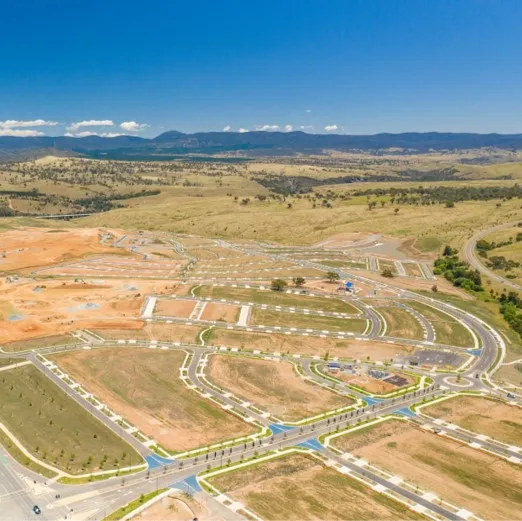
Your inquiry will be sent to the relevant department
If you are an existing customer / service provider / material supplier, please contact your respective ENVIROMESH representative in your region for a quicker response.
Traffic Systems Limited (TSL)
All enquiries for the UK, Ireland and Americas can be sent to our Australian HO. We are working on setting up our branches in London and New York.

Manufacturers and suppliers of fibres for concrete reinforcement.
